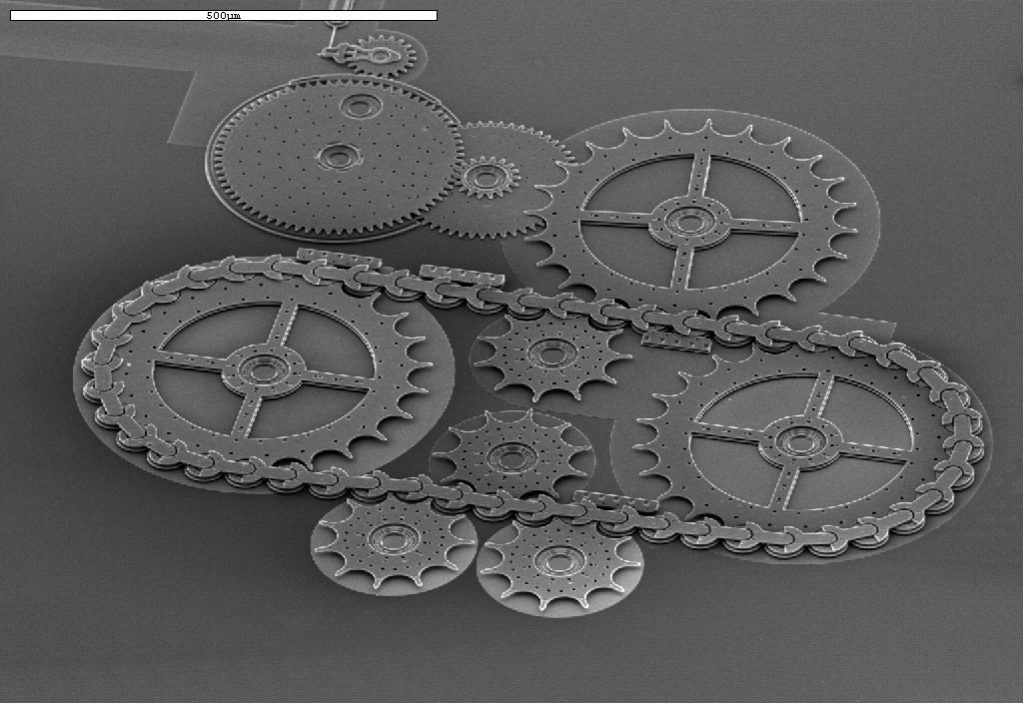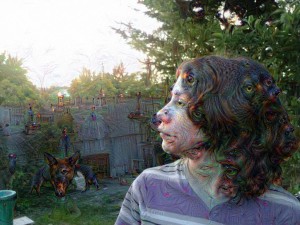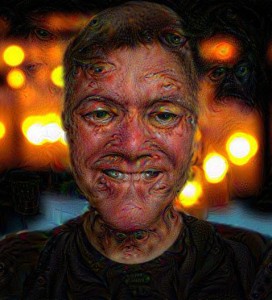Perspective
Things seen from an unusual and enlightening point of view. Things that deepen understanding and perception.
These images were taken with a Scanning Electron microscope (SEM). The surface of a specimen is scanned by a beam of electrons that are reflected to form an image. Color is added later.
“Plenty of Room at the Bottom” is the title of an article written by the American genius, Richard Feynman in 1959. He worked on the Manhattan Project that delivered nuclear weapons to our military before the end of World War II. In the 1980s he was the scientist who figured out why the space shuttle Challenger exploded. In “Plenty of room at the bottom” he visualized the core ideas of Nanotechnology 2 or 3 decades before it became a widespread big idea.
“It is a staggeringly small world that is below. In the year 2000, when they look back at this age, they will wonder why it was not until the year 1960 that anybody began seriously to move in this direction.” Richard Feynman
We’re talking about a bustling industry where objects are measured in nanometers and micrometers.
- A nanometer =1 billionth of a meter and is represented by the symbol ‘nm.’. A sheet of paper is about 100,000 nanometers thick.
- A micrometer = 1/millionth of a meter (symbol: μm) A sheet of paper is 70 to 180 μm thick.
- One millimeter is equal to 1000 micrometers or 1000000 nanometers. A millimeter is equal to approximately 0.039370 of an inch. (mm)
In this video, we begin focused on a shrimp at a scale of 1 mm. We zoom down and in toward the top of the head where we see a microscopic sea plant, which eventually fills the screen. We close on a single bacteria, atop the seaweed zoomed from 1mm to 0.5um.
The remarkable chain drive below was built by the Department of Energy’s Sandia National Laboratories. The distance between chain link centers is 50 microns. The diameter of a human hair is approximately 70 microns. This is one example of thousands of separate projects and experiments laying the foundation of Nanotechnology.
And yes, they are happy to see you.
Fast travel to farthest space and deepest inner space by factoring each distance. Science has advanced since this was made but it still does a brilliant job of mind stretching. Balanced between quantum foam and infinite space our lives are utterly mysterious. This is very nice way of FEELING the Holon levels that stack to make the world. See my posts on Holons if that is a baffling sentence. Right here.
1977 POWERS OF TEN © 1977 EAMES OFFICE LLC
I believe attribution should go to Business Insider for these but I’m not certain if they generated them or just republished them. I think this is a nice summary of how and why human decision making sucks elephant butt. If you can remember these and filter your own thoughts for signs of them when they pop up you’ll develop better arguments and be a little more honest with yourself too. It’s not easy. From one angle it’s like a list things politicians do consciously and otherwise, often successfully.
I also find them interesting as a sociobiological thing, this is a list of mind behaviors that evolved with us and have stood the test of time. Somehow or other they may have held some survival or success value. Many feel like something I can see being either advantageous to the individual getting what they want or as socially unifying (and possibly dumb) behaviors. The rest are mostly stubbornness and wishful thinking.
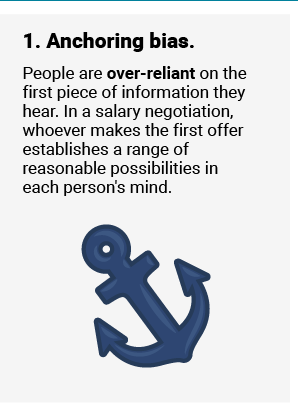
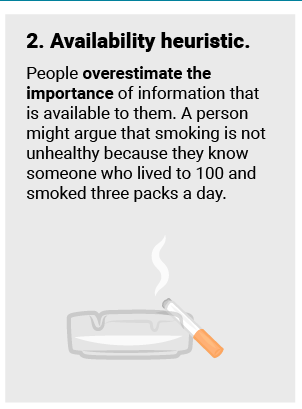
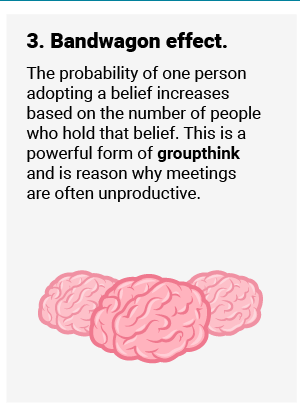
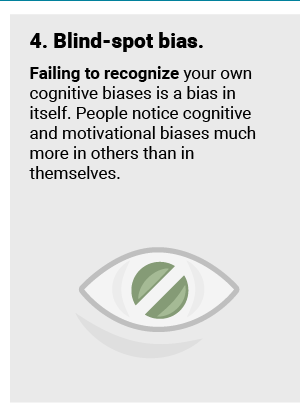
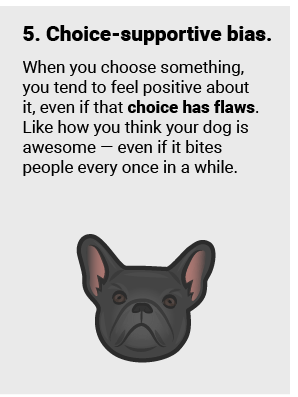
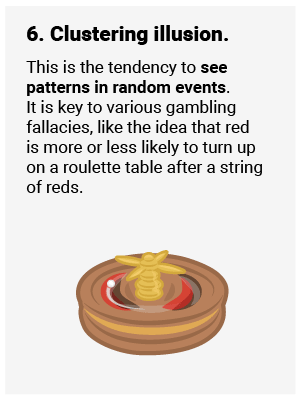
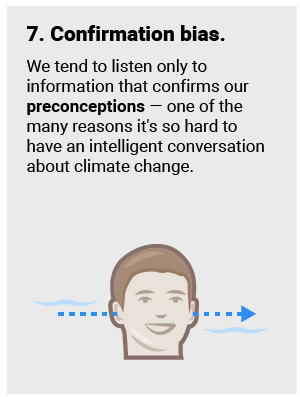
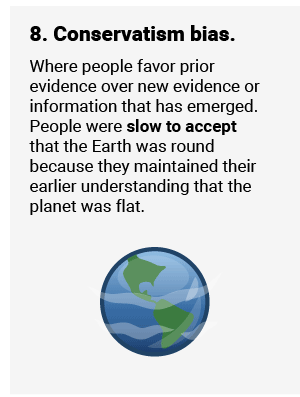
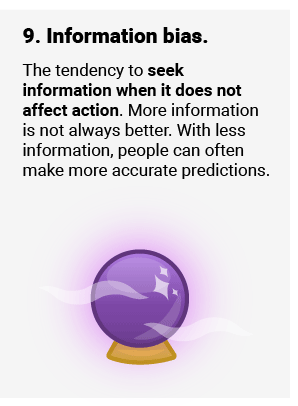
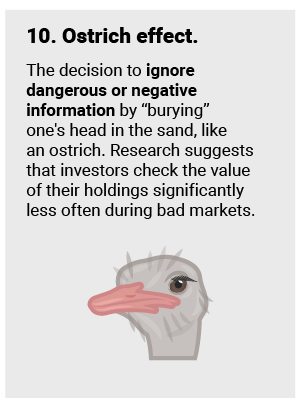
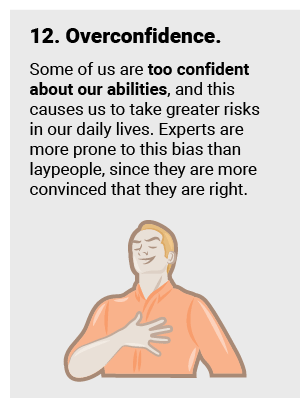
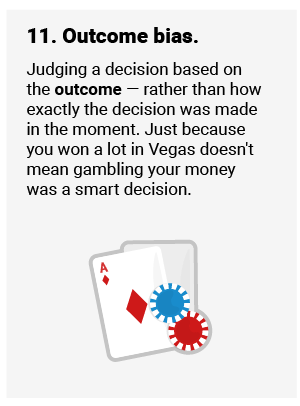
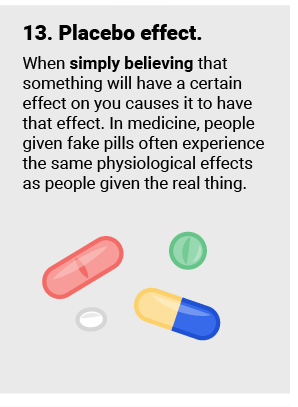
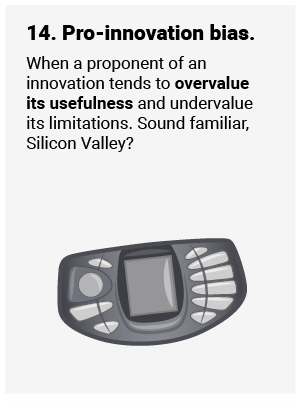

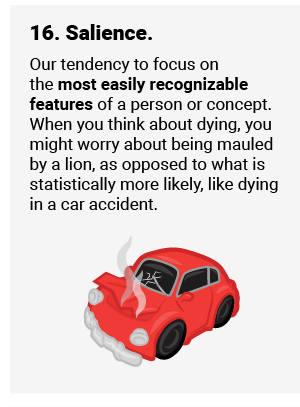
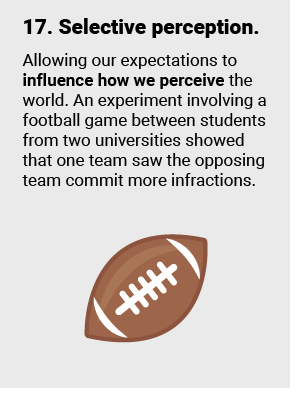
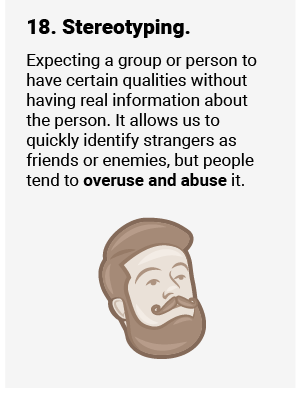
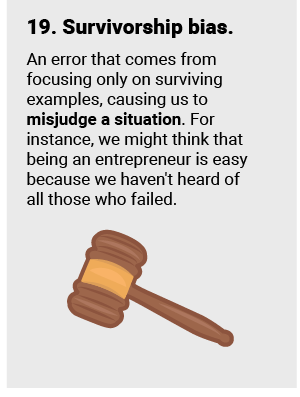
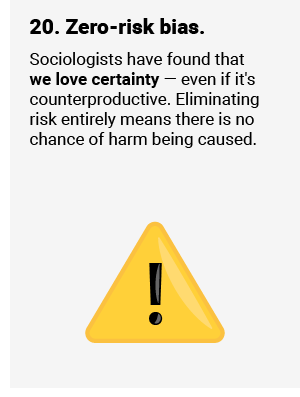
I ran a couple of photos through Google’s Deep Dream software. It attempts to recognize patterns using a buttload of heuristics about characteristics that would indicate various things; buildings, animals, landscapes,etc.
It can be sort of gently psychedelic and beautiful or if you turn the levels up a bit frankly horrifying. In its nicer form It reminds me of things I’ve seen when responsibly ingesting socially acceptable pharmaceuticals…or something. This feels more like what I imagine schizophrenia might be like. Here’s the worst before and after ever.
In an interesting way this is a computer emulating the very human trait of constantly seeing things in the world around them that are mental projections. Like “Doesn’t that cloud look like a bunny attacking Abe Lincoln?” This trait is keyed into our ability to recognize anything but also to our ability to recognize types of things. Like recognizing a letter of the alphabet in a strange distorted font. Or like recognizing a building as a bank or a school without seeing a sign. It’s probably also related to the neurological blinders we develop with which we see exactly what we expect to see and don’t see anything we don’t expect to see.
The role this plays in scientific discovery seems clear cut to me. The role this plays in various kinds of bigotry and blind prejudice seems clear too. Continue reading
